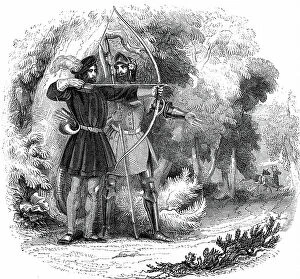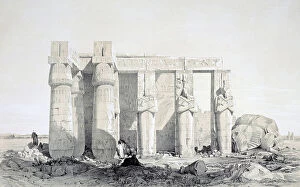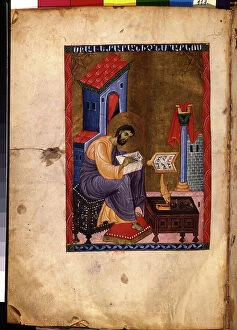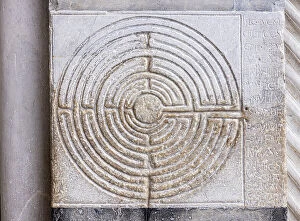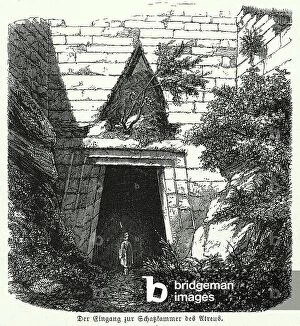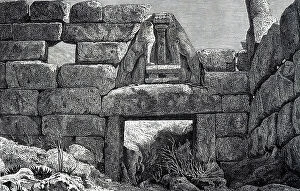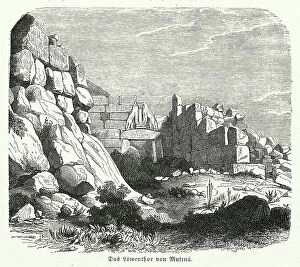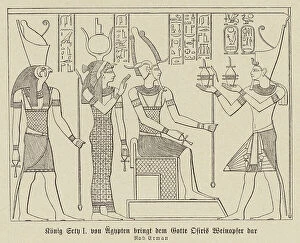Thirteenth Century Bc Collection
In the thirteenth century BC, a rich tapestry of ancient civilizations unfolded across different regions
For sale as Licensed Images
Choose your image, Select your licence and Download the media
In the thirteenth century BC, a rich tapestry of ancient civilizations unfolded across different regions. The Stelophorous Statue of Bay, crafted from limestone around 1294-1250 BC, stands as a testament to the artistic prowess of this era. Meanwhile, in Egypt's Luxor, Goddess Hathor gracefully offers her necklace to the Pharaoh in an exquisite low relief artwork. The Tomb of Pashedu reveals a mural painting capturing a man deep in prayer, showcasing the spiritual devotion prevalent during this time. As we delve into Greece's archaeological site of Mycenae, we are greeted by the majestic Lion Gate - an imposing structure that has withstood centuries. Further exploration takes us to Italy's Lipari Island where ruins of a Neolithic village whisper stories from long ago. In Sicily Region's Messina Province lies evidence of Bronze Age architecture in Barumini - reminding us how advanced these societies were for their time. Egypt continues to captivate with its Temple of Hathor at Abu Simbel; here, Hathor - wife of the sun god - was revered and worshipped by Ancient Egyptians. Additionally, within Sheik el Gurnak's Tomb of Usirhat fresco details depict scenes from daily life including barbering rituals. As our journey concludes back in Greece at Mycenae’s secret cistern – part of UNESCO World Heritage List since 1999 – we marvel at the ingenuity and engineering skills employed during construction. Centuries may have passed since these remarkable artifacts were created or structures built; however, they remain timeless reminders that connect us to our ancestors' lives and beliefs.

